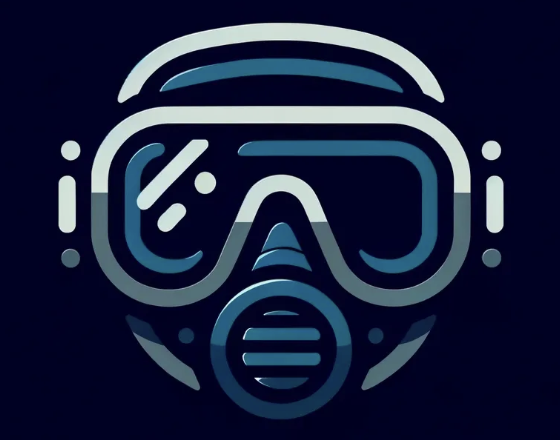Understanding Scuba Diving
Scuba diving, an acronym for “Self-Contained Underwater Breathing Apparatus,” represents a specialized form of underwater diving. Unlike surface-supplied diving methods, scuba diving enables divers to remain relatively independent of surface gas supplies, thereby allowing greater flexibility and mobility underwater. Those who engage in this activity are equipped with a set of essential gear that includes a diving mask, fins, buoyancy control device (BCD), regulator, and an underwater breathing apparatus—typically an air cylinder filled with compressed air or other breathing gases.
The historical roots of scuba diving can be traced back to the early 20th century, marked by various innovations in underwater exploration and breathing technology. Notable advancements include the development of the demand regulator and the invention of the Aqua-Lung by Jacques-Yves Cousteau and Emile Gagnan in 1943. These pioneering steps laid the foundation for modern recreational and professional scuba diving.
The basic mechanics of scuba equipment involve a few critical components. The air cylinder stores gas at high pressure, which is delivered to the diver through a regulator that reduces this pressure to a breathable level. The BCD allows divers to manage their buoyancy underwater, helping them to ascend, descend, or maintain neutral buoyancy with ease. Different types of scuba systems, such as open-circuit and closed-circuit (rebreathers), provide varying durations of underwater endurance. Open-circuit systems expel used air into the water, while rebreathers recycle exhaled gases, scrubbing out carbon dioxide and adding oxygen to extend dive times.
Understanding the basic science of breathing underwater is crucial for scuba diving. Concepts of pressure, buoyancy, and air consumption are fundamental. As divers descend, water pressure increases which in turn affects buoyancy. Properly managing buoyancy is critical to conserve air and ensure safety. Air consumption rates can vary based on depth, activity level, and breathing efficiency, making it important for divers to monitor their air supply continually. These scientific principles, combined with appropriate training and equipment, enable divers to explore underwater realms safely and enjoyably.
The Essentials of Safe Scuba Diving
Scuba diving, like any other adventurous activity, demands a solid foundation in practical and safety measures to ensure enjoyable and incident-free experiences. Training is the cornerstone of safe scuba diving. Prospective divers must complete certification courses such as those provided by organizations like PADI or NAUI. These certifications come in various levels, ranging from basic open water to advanced specialties, enabling divers to progress and refine their skills systematically.
Several fundamental skills are critical for safe scuba diving. Equalizing pressure is essential to prevent barotrauma to the ears and sinuses as divers descend. Mastering buoyancy control through proper breathing techniques and use of buoyancy compensators ensures stability and prevents accidental contact with the sea floor. Equally vital is underwater communication, which involves hand signals to relay important information between diving buddies.
Understanding common hazards and appropriate emergency protocols is paramount. Equipment failure, such as regulator malfunctions, demands calm and swift action, such as switching to an alternate air source or ascending to the surface safely. Decompression sickness, caused by ascending too rapidly, can be avoided by adhering to established decompression stops and using dive computers to monitor nitrogen levels. Encounters with aquatic wildlife, while often benign, should be approached with respect and caution to avoid potential harm to both the diver and the creatures.
Dive planning forms the bedrock of a safe dive. Familiarity with dive tables, using dive computers effectively, and the constant use of the buddy system are integral components. These practices help ensure that divers remain within safe limits and are prepared to assist each other if needed. Additionally, proper gear maintenance is critical. Regular equipment checks, adherence to pre-dive checklists, and post-dive care routines, such as rinsing gear in fresh water and storing it appropriately, extend the life of the equipment and maintain safety standards.
By emphasizing comprehensive training, meticulous dive planning, and maintaining a high standard of equipment care, divers can enjoy the mesmerizing underwater world with confidence and security.
